In a significant development, researchers at NASA Ames Research Center are harnessing cutting-edge aviation technology to bolster the safety of Bay Area communities threatened by devastating wildfires. As the region braces for a potentially active Wildfire season amid rising temperatures and drier conditions, NASA’s innovative drone project offers a glimmer of hope.
Personal Connection Fuels Passion for Change
For Kathryn Chapman, a NASA Ames Research Aerospace Engineer, the mission is deeply personal. Having grown up in California, she reportedly has witnessed firsthand the devastating impact of wildfires on her loved ones.
“I’ve seen lots of family members have to evacuate or sometimes pack up the car and get ready to head out myself because the fire was moving closer,” Chapman shared.
Empowering Firefighters with Drone Technology
Currently, the U.S. Forest Service employs drones to identify, monitor, and capture thermal images of specific wildfires in real-time. However, Chapman’s work at NASA aims to expand the capabilities of drones, enabling First Responders to leverage them for a wide range of tasks.
Historically, drones have proven invaluable in various disaster response scenarios. For instance, drones were used to monitor and manage wildfires in Utah, where the Weber County Sheriff Search and Rescue team utilized thermal cameras to locate hot spots and direct firefighting efforts more effectively. Additionally, drones have been instrumental in flood rescue operations, as highlighted by the dramatic rescue of a woman in Texas, where a drone operator’s quick actions helped save her from rising floodwaters.
Advanced Capabilities for Emergency Response Operations (ACERO)
NASA’s ACERO project is developing air traffic control software specifically designed for first responders engaged in wildfire coordination and operations. The software aims to enhance communication and situational awareness for both drones and aircraft operating in emergency airspace.
Jonas Jonsson, NASA ACERO Demonstration Lead, highlighted a key safety feature: “While we’re doing operations, we have an audible signal in case an aircraft comes in too close.”
The Ultimate Goal: 24/7 Drone Firefighting
The long-term objective of the ACERO project is to deploy drone fire hawk-style helicopters that can combat wildfires around the clock, even at night and in heavy smoke conditions where traditional aircraft have been unable to operate safely.
Making a Difference Close to Home
For Chapman, being involved in projects like ACERO that directly impact her community is incredibly rewarding.
“Ultimately, it’s incredibly important to me to be involved in projects like this that are having a real influence on things that are close to me and close to where I live,” she emphasized.
Upcoming Milestone: ACERO Demo Drone Flight
NASA is gearing up for a significant milestone, with the first ACERO demo drone flight alongside Firefighters scheduled for fall or spring 2024. This demonstration will mark a crucial step forward in the project’s development and potential real-world application.
DroneXL’s Take
The NASA ACERO project represents a groundbreaking initiative that harnesses the power of Drone Technology to revolutionize wildfire fighting. By equipping first responders with advanced tools and capabilities, this project has the potential to save countless homes and lives in the face of increasingly severe wildfire seasons.
As climate change continues to exacerbate the frequency and intensity of wildfires, innovative solutions like ACERO become all the more crucial. The integration of drones into firefighting operations not only enhances safety for firefighters but also enables a more efficient and effective response to these devastating events.
Moreover, the ACERO project showcases the immense potential of drones in emergency response scenarios. As the technology continues to advance, we can expect to see drones playing an increasingly vital role in various aspects of public safety and disaster management.
NASA’s commitment to leveraging its expertise and resources to address real-world challenges is commendable. By collaborating with firefighters and other stakeholders, the ACERO project ensures that the developed solutions are tailored to the specific needs and requirements of those on the front lines.
As we eagerly await the upcoming ACERO demo drone flight, it is clear that this project represents a significant step forward in the fight against wildfires. With dedicated researchers like Kathryn Chapman leading the charge, we can be hopeful that the future of wildfire response will be more effective, efficient, and safe for all involved.
Discover more from DroneXL
Subscribe to get the latest posts to your email.
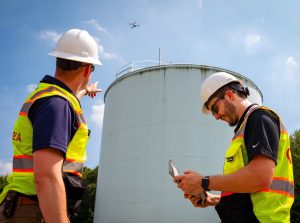



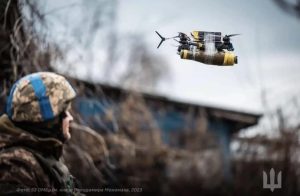


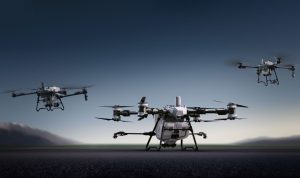

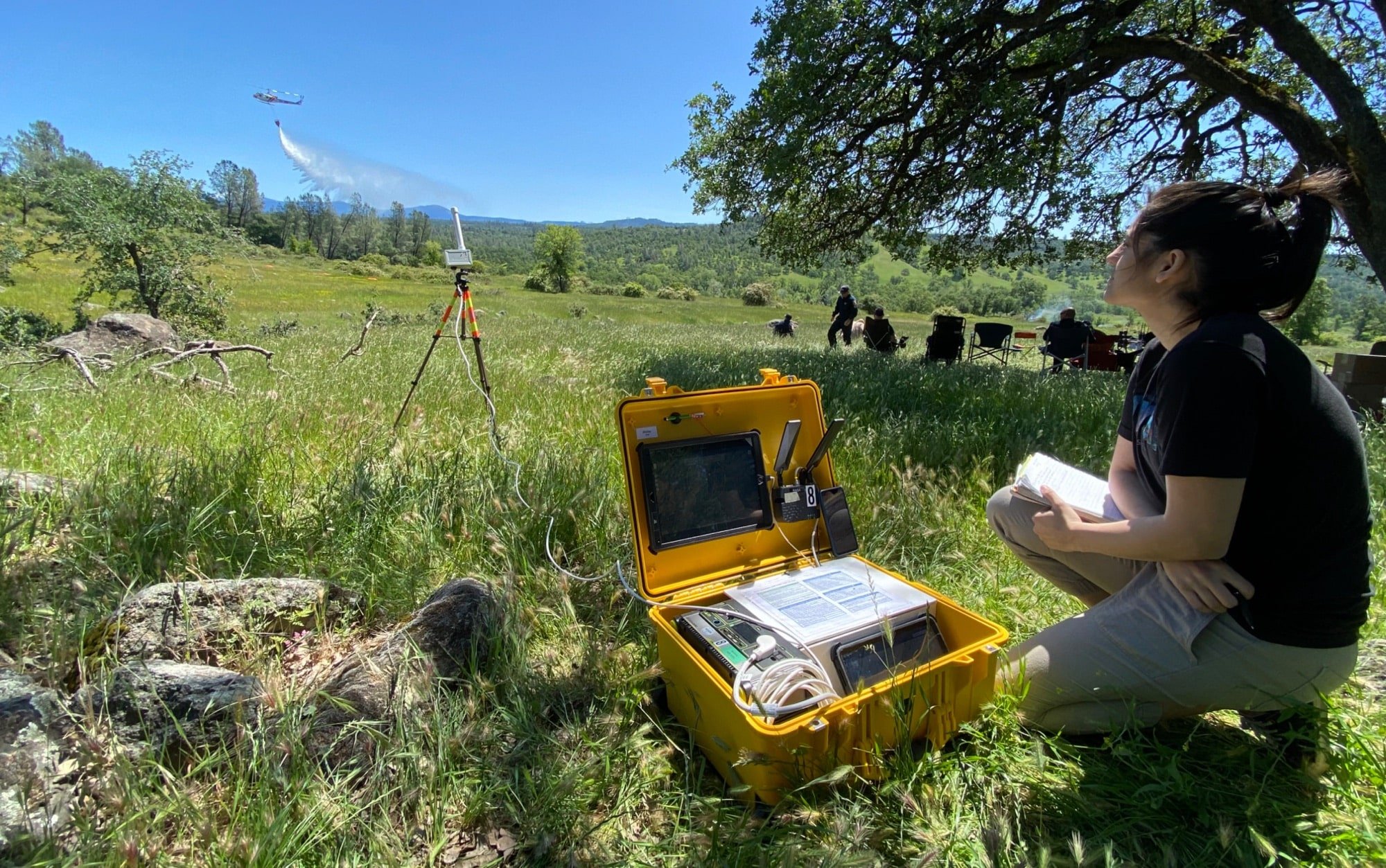
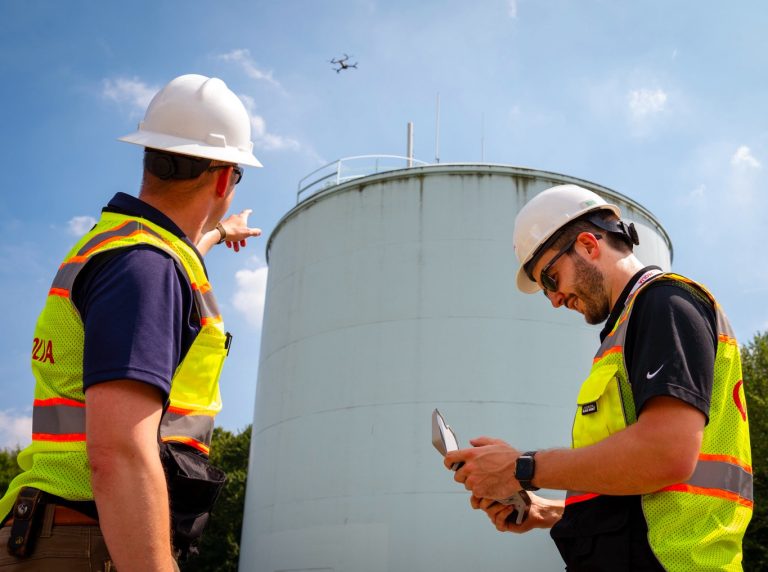



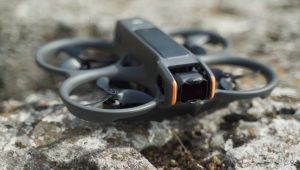

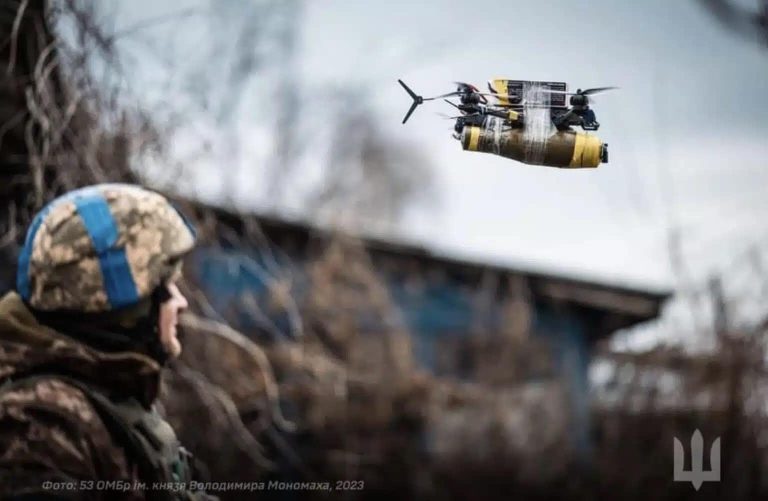



+ There are no comments
Add yours